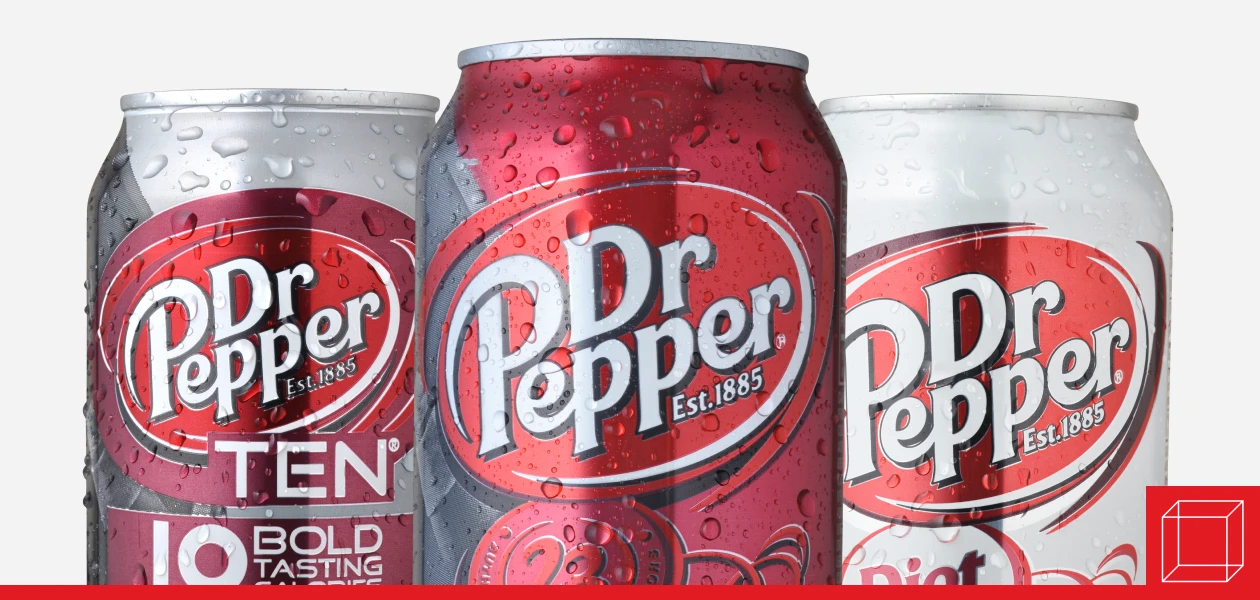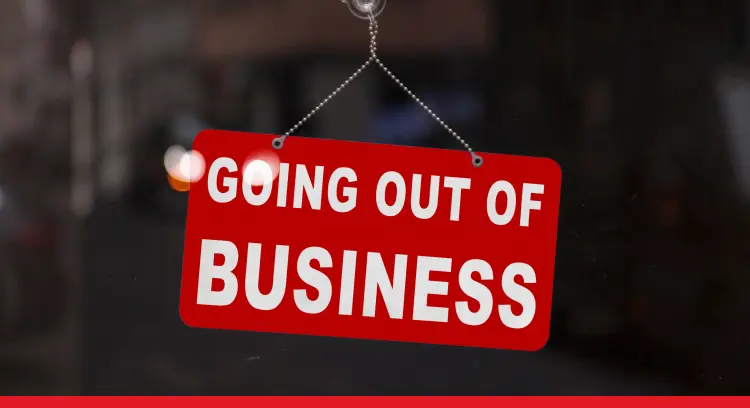Dr Pepper Pops Off, Becoming No. 2 Soda
Dr Pepper, a nearly 140-year-old soda brand, achieved a significant milestone in the soft drink industry when it tied with Pepsi as the No. 2 carbonated soft drink brand in the United States, just behind Coca-Cola. This achievement marks a remarkable ascent for Dr Pepper, which has steadily climbed the ranks over the past two decades, driven by substantial marketing investments, innovative flavors, and strategic distribution.

The Origins of Dr Pepper
Dr Pepper's journey began in 1885 in Waco, Texas, when Charles Alderton, a young pharmacist, created a syrup concoction that combined 23 different flavors, including cherry and vanilla, to evoke the aroma of the drugstore where he worked. This unique blend set Dr Pepper apart from its competitors, Coca-Cola and Pepsi, which were introduced shortly thereafter.
Initially, Dr Pepper retained a stronghold in the Southern states, while Coca-Cola became the most popular fountain drink nationwide. The cola wars, which began in the 1960s, saw Pepsi cast as the trendy cola for young people, in contrast to Coca-Cola's more traditional image. Dr Pepper carved out a niche for itself, gradually expanding its appeal.
Strategic Marketing and Distribution
A key factor in Dr Pepper's rise has been its strategic marketing and distribution efforts. Keurig Dr Pepper, the brand's parent company, has forged alliances with both Coke and Pepsi, ensuring Dr Pepper's presence in soda fountains across the country. This move has introduced the brand to a broader audience, significantly boosting its market share.
Dr Pepper's advertising campaigns have consistently emphasized the soda's unique taste. One example is the company’s Diet Dr Pepper mascot Lil’ Sweet, played by former American Idol star Justin Guarini. The company has also invested in college football advertising, including Fanville, an episodic TV commercial series about college football. These initiatives have resonated with consumers, particularly among Gen Z drinkers, who have become a significant driver of the brand's growth.
Innovation and Consumer Engagement
To attract new drinkers and retain existing ones, Dr Pepper has introduced a variety of novel flavors, such as Strawberries & Cream and Creamy Coconut. These varieties cater to younger consumers' preference for fun flavors and have also found favor among Hispanic consumers, a growing demographic in the U.S.
Dr Pepper's engagement with younger audiences extends to social media platforms such as TikTok, where short-form viral videos showcase creative concoctions like Dr Pepper with pickles or the “Dirty Dr Pepper,” a mix of Dr Pepper, lime juice, coconut coffee creamer, and sometimes liquor. This engagement has further cemented Dr Pepper's status as a trendy and unique beverage choice.
The Soda Landscape
While Dr Pepper's market share has increased, Pepsi's has declined, contributing to the shift in rankings. Over the past 25 years, the volume of carbonated soft drinks bought and sold in the United States has decreased by 24%, reflecting changing consumer preferences towards healthier, sugar-free options. PepsiCo has responded by diversifying its beverage portfolio and focusing on promoting Pepsi Zero Sugar and other non-soda brands such as Gatorade.
Despite these efforts, Pepsi's emphasis on its zero-sugar lines and other products has meant less focus on its classic soda, allowing Dr Pepper to gain ground. Pepsi’s market share has steadily waned since the early 2000s, according to Beverage Digest. The overarching Pepsi brand still controls more of the total beverage industry by volume than Dr Pepper, but the gap has narrowed.
Dr Pepper's distinctive flavor profile remains a crucial factor in its appeal. This distinctive flavor, combined with successful marketing and innovative product extensions, has enabled Dr Pepper to maintain its momentum in the competitive soft drink market. Experts note that Dr Pepper's polarizing nature—some people love it, while others don't—adds to its intrigue and appeal. The brand's willingness to experiment with new flavors and adapt to current food trends, such as the popularity of sweet and spicy combinations, has also played a role in its success.
Looking Forward
Dr Pepper's rise to become the No. 2 soda brand in America is a testament to its unique flavor, strategic marketing, and ability to engage with younger consumers. As Pepsi focuses on diversifying its offerings and adapting to changing consumer preferences, Dr Pepper has capitalized on its distinctiveness and its loyal fan base to climb the ranks. This underdog story highlights the importance of innovation and strategic positioning in the competitive world of carbonated soft drinks.
In the Classroom
This article can be used to discuss the product life cycle and advertising (Chapter 12: Dimensions of Marketing Strategy).
Discussion Questions
1. How has Dr Pepper's marketing strategy contributed to its rise to the No. 2 spot among carbonated soft drinks in America?
2. What factors have contributed to Pepsi's decline in the carbonated soft drink market?
3. Discuss the significance of Dr Pepper's distinctive flavor profile in its market success and consumer loyalty.
This article was developed with the support of Kelsey Reddick for and under the direction of O.C. Ferrell, Linda Ferrell, and Geoff Hirt.
Danielle Wiener-Bronner, "Dr Pepper Just Passed Pepsi as the Second Biggest Soda Brand," CNN, June 3, 2024, https://www.cnn.com/2024/06/03/business/dr-pepper-pepsi/index.html
Jennifer Maloney, "Dr Pepper Ties Pepsi as America’s No. 2 Soda," The Wall Street Journal, June 1, 2024, https://www.wsj.com/business/dr-pepper-soda-sales-92b292c3
Robert Klara & Paul Hiebert, "How Dr Pepper Snared the No. 2 Soft Drink Spot From Mighty Pepsi," Adweek, July 11, 2024, https://www.adweek.com/brand-marketing/how-dr-pepper-beat-pepsi-no-2-soft-drink/



